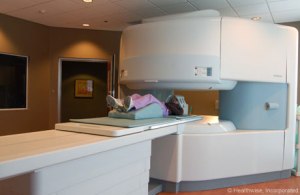
Image: forbes.com
After receiving his bachelor’s degree in biomedical engineering from the University of Dundee, Rauf Yousaf pursued his medical training from the same university. He currently sits as the medical board chairman at North Queensland X-Ray. Outside of his medical profession, Rauf Yousaf enjoys a wide range of hobbies, one of which is collecting vinyl records.
In this age of digital streaming, one would normally think that owning physical copies of music is already passé, but one would be thinking wrong. For the past 11 years, the vinyl record – once a symbol of an older generation – has posted steady growth in sales; in fact, experts are estimating that vinyl records are on their way to becoming a $1-billion industry.
This boom has been attributed to Record Store Day, an annual event established in 2007 wherein thousands of participating stores from around the globe bring out the limited edition releases they have in stock. Some stores report that their sales for that day can equal their usual monthly quota.
What’s more surprising is the fact that according to experts, more money is now being spent on vinyl records than digital downloads. It is worth noting that digital downloads are significantly cheaper than vinyl records.
Why is this the case? Guestroom Records owner Travis Searle posits that vinyl records, being a tactile realization of music, have a great degree of collectability. Moreover, he notes how some vinyl collectors insist that they the sound they produce are better than digital music files.


